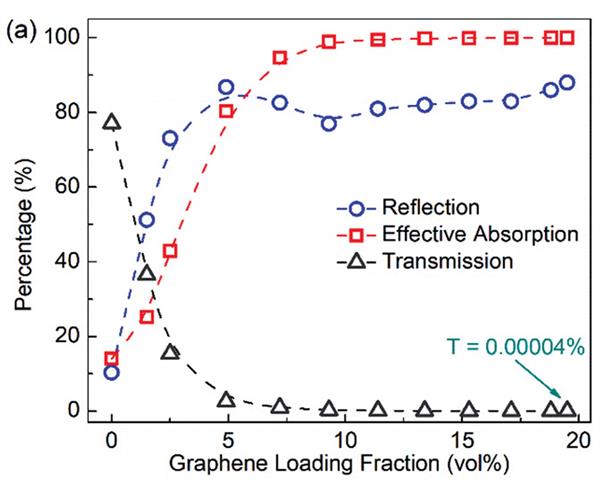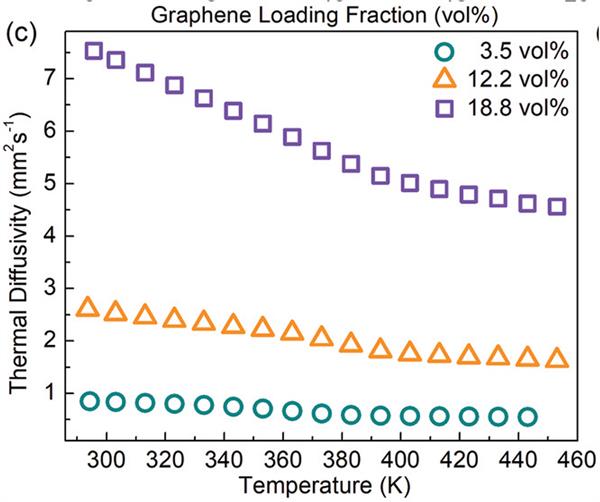Electromagnetic Interference Shielding Composites
Full Description
Background:
Metallic screens are typically used to shield sensitive electronics from electromagnetic interference (EMI). The absorption of EM waves results in temperature rise in the shield. Additionally, the dense packing of electronic components generates high heat fluxes which adversely affects the efficiency and stability of the EM shield. New non-metallic materials have been introduced for shielding but they suffer from thermal instability, oxidation and reduced efficacy at high temperatures – which is particularly important for power electronic systems that operate in harsh environments.
Technology:
Prof. Alex Balandin and his research team have designed and developed methods for the preparation of polymer composites and thin film coatings with fillers implemented with low-dimensional van der Waals materials including graphene and TaSe3. The design of the composite includes the optimal material selection for the base material as well as the filler parameters (loading fractions, etc.) and the orientation and thickness of the composite film.

Coefficients of reflection (R), effective absorption (Aeff), and transmission (T) as a function of filler loading at f = 9.0 GHz.

Thermal diffusivity of three different composites with the low, medium, and high loading of graphene fillers as a function of temperature.
Advantages
- Design of the composite allows for EMI shielding over a wide range of frequencies from MHz to several GHz.
- The top layer of the composite is optimized for EMI shielding while the inside layer is optimized for maximum heat removal – thereby providing simultaneous thermal shielding.
- The EMI shielding can be achieved via reflection or absorption and can be tuned to the particular application.
- The composite or coating that provides the EMI shielding is electrically insulating – unlike commercially available EMI shields.
- Unlike metallic shields the composite shield is at least 3 times lighter and does not oxidize.
Applications
- Electronic and optoelectronic devices that require reliable and efficient EMI and thermal shielding and those that operate in harsh environments.
- These composites may be added to adhesives used in the packaging of electronic components.
Related Materials
- Graphene Epoxy-Based Composites as Efficient Electromagnetic Absorbers in the Extremely High-Frequency Band
- Electrically-Insulating Flexible Films with Quasi-One-Dimensional van-der-Waals Fillers as Efficient Electromagnetic Shields in GHz and Sub-THz Frequency Bands
- Multifunctional Graphene Composites for Electromagnetic Shielding and Thermal Management at Elevated Temperatures
State Of Development
Working prototype built and demonstrated. The team is interested in collaborating with industry to further the technology and commercialize.
Patent Status
| Country | Type | Number | Dated | Case |
| United States Of America | Published Application | 20220264775 | 08/18/2022 | 2021-812 |
Inventions by Prof. Balandin
Please review all inventions by Prof. Balandin and his research team at UCR.
Contact
- Venkata S. Krishnamurty
- venkata.krishnamurty@ucr.edu
- tel: View Phone Number.
Other Information
Keywords
electromagnetic interference shielding, graphene, epoxy, adhesives, EMI shielding, electromagnetic interference, thermal management, thermal shielding
